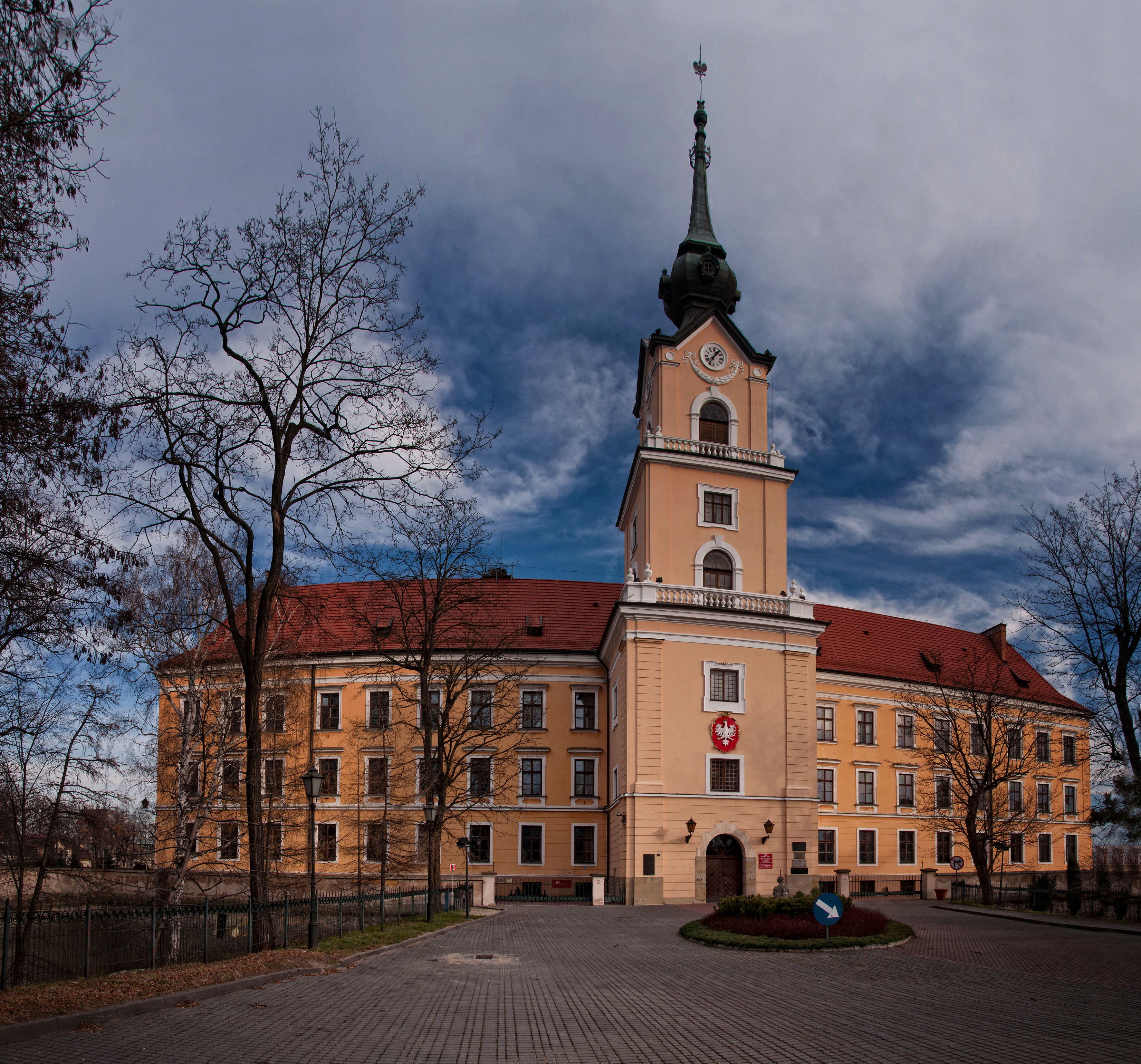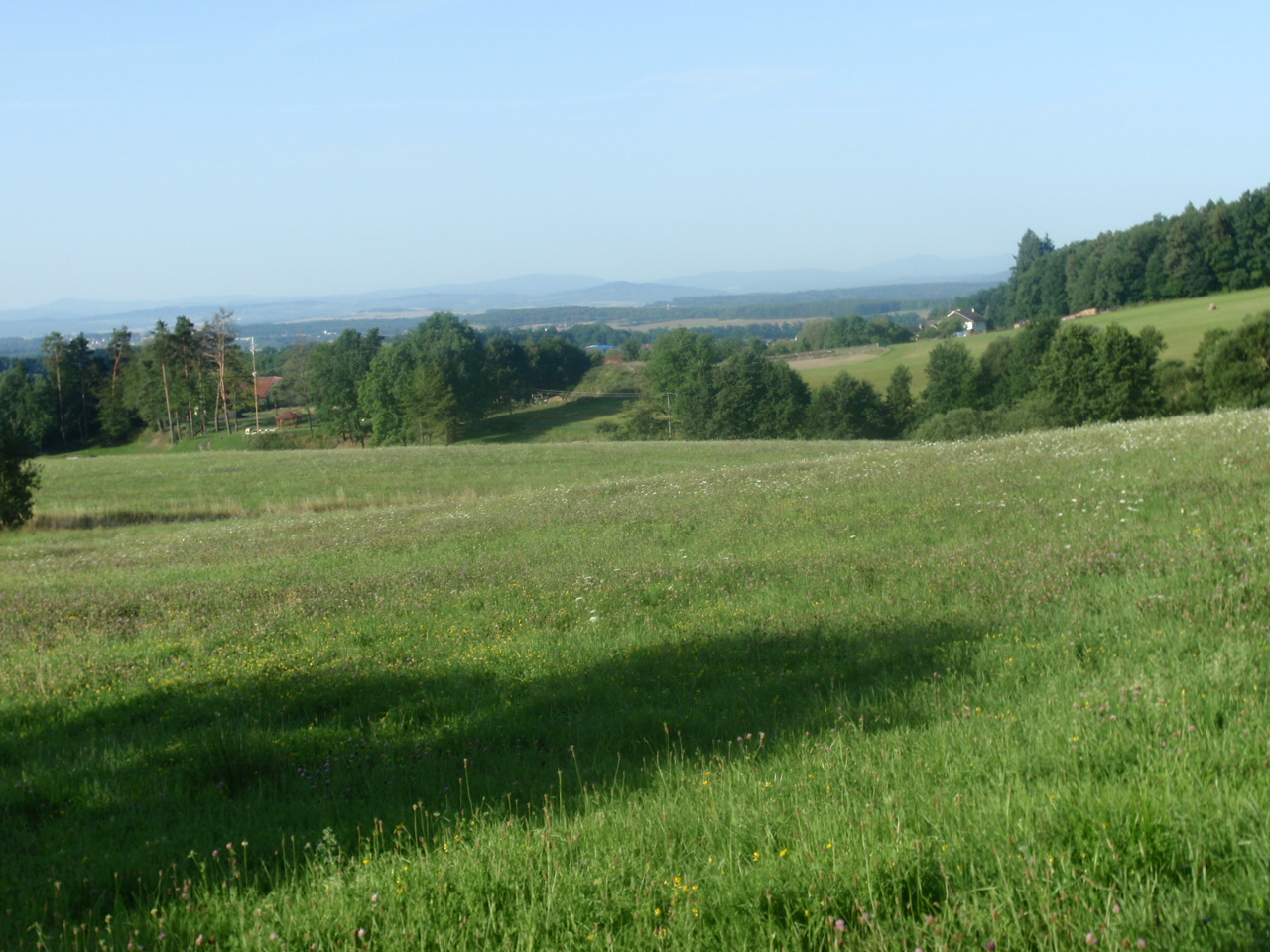|
San Valley Landscape Park
San Valley Landscape Park (''Park Krajobrazowy Doliny Sanu'') is a protected area ( Landscape Park) in south-eastern Poland, established in 1992, covering an area of . The Park lies within Podkarpackie Voivodeship: in Bieszczady County ( Gmina Czarna, Gmina Lutowiska) and Lesko County ( Gmina Solina). Within the Landscape Park are three nature reserve A nature reserve (also known as a wildlife refuge, wildlife sanctuary, biosphere reserve or bioreserve, natural or nature preserve, or nature conservation area) is a protected area of importance for flora, fauna, or features of geological or ...s. In addition, several nature and landscape complexes were created here: "Wieś Krywe", "Village of Smolnik", "Cerkiew in Hulskie", "Młyn in Hulskie", "Cemetery in Stuposiany", "Cemetery in Ruskie", and in the vicinity of the Park also "Młyn in Dwernik”. References San Valley Parks in Podkarpackie Voivodeship {{Poland-protected-area-stub ... [...More Info...] [...Related Items...] OR: [Wikipedia] [Google] [Baidu] |
Subcarpathian Voivodeship
Subcarpathian Voivodeship or Subcarpathia Province (in pl, Województwo podkarpackie ) is a voivodeship, or province, in the southeastern corner of Poland. Its administrative capital and largest city is Rzeszów. Along with the Marshall, it is governed by the Subcarpathian Regional Assembly. Historically, most of the province's territory was part of the Kingdom of Galicia–Volhynia, the Kingdom of Galicia and Lodomeria and the Ruthenian Voivodeship. In the interwar period, it was part of the Lwów Voivodeship. The voivodeship was created on 1 January 1999 out of the former Rzeszów, Przemyśl, Krosno and (partially) Tarnów and Tarnobrzeg Voivodeships, pursuant to the Polish local-government reforms adopted in 1998. The name derives from the region's location near the Carpathian Mountains, and the voivodeship comprises areas of two historic regions of Eastern Europe — Lesser Poland (western and northwestern counties) and Red Ruthenia. During the interwar period ( ... [...More Info...] [...Related Items...] OR: [Wikipedia] [Google] [Baidu] |
Protected Area
Protected areas or conservation areas are locations which receive protection because of their recognized natural, ecological or cultural values. There are several kinds of protected areas, which vary by level of protection depending on the enabling laws of each country or the regulations of the international organizations involved. Generally speaking though, protected areas are understood to be those in which human presence or at least the exploitation of natural resources (e.g. firewood, non-timber forest products, water, ...) is limited. The term "protected area" also includes marine protected areas, the boundaries of which will include some area of ocean, and transboundary protected areas that overlap multiple countries which remove the borders inside the area for conservation and economic purposes. There are over 161,000 protected areas in the world (as of October 2010) with more added daily, representing between 10 and 15 percent of the world's land surface area. As of ... [...More Info...] [...Related Items...] OR: [Wikipedia] [Google] [Baidu] |
Poland
Poland, officially the Republic of Poland, , is a country in Central Europe. Poland is divided into Voivodeships of Poland, sixteen voivodeships and is the fifth most populous member state of the European Union (EU), with over 38 million people, and the List of European countries by area, seventh largest EU country, covering a combined area of . It extends from the Baltic Sea in the north to the Sudetes and Carpathian Mountains in the south, bordering seven countries. The territory is characterised by a varied landscape, diverse ecosystems, and Temperate climate, temperate transitional climate. The capital and List of cities and towns in Poland, largest city is Warsaw; other major cities include Kraków, Wrocław, Łódź, Poznań, and Gdańsk. Prehistory and protohistory of Poland, Humans have been present on Polish soil since the Lower Paleolithic, with continuous settlement since the end of the Last Glacial Period over 12,000 years ago. Culturally diverse throughout ... [...More Info...] [...Related Items...] OR: [Wikipedia] [Google] [Baidu] |
Podkarpackie Voivodeship
Subcarpathian Voivodeship or Subcarpathia Province (in pl, Województwo podkarpackie ) is a voivodeship, or province, in the southeastern corner of Poland. Its administrative capital and largest city is Rzeszów. Along with the Marshall, it is governed by the Subcarpathian Regional Assembly. Historically, most of the province's territory was part of the Kingdom of Galicia–Volhynia, the Kingdom of Galicia and Lodomeria and the Ruthenian Voivodeship. In the interwar period, it was part of the Lwów Voivodeship. The voivodeship was created on 1 January 1999 out of the former Rzeszów, Przemyśl, Krosno and (partially) Tarnów and Tarnobrzeg Voivodeships, pursuant to the Polish local-government reforms adopted in 1998. The name derives from the region's location near the Carpathian Mountains, and the voivodeship comprises areas of two historic regions of Eastern Europe — Lesser Poland (western and northwestern counties) and Red Ruthenia. During the interwar period (1918-1939 ... [...More Info...] [...Related Items...] OR: [Wikipedia] [Google] [Baidu] |
Bieszczady County
__NOTOC__ Bieszczady County ( pl, powiat bieszczadzki) is a unit of territorial administration and local government (powiat) in Subcarpathian Voivodeship, in the extreme south-east of Poland, on the border with Ukraine. It takes its name from the Bieszczady mountain range. The county was created on January 1, 1999, as a result of the Polish local government reforms passed in 1998. In 2002 the western part of the county was split off to form Lesko County. The only town in Bieszczady County is now Ustrzyki Dolne, the county seat, which lies south-east of the regional capital Rzeszów. The county covers an area of . As of 2019 its total population is 21,799, of which the population of Ustrzyki Dolne is 9,097, and the rural population is 12,702. Its average population density of 19.0 persons per square kilometre (50.0 per square mile) makes it the least densely populated county in Poland. The county includes the greater part of Bieszczady National Park (''Bieszczadzki Park Narodowy'' ... [...More Info...] [...Related Items...] OR: [Wikipedia] [Google] [Baidu] |
Gmina Czarna, Bieszczady County
__NOTOC__ Gmina Czarna is a rural gmina (administrative district) in Bieszczady County, Subcarpathian Voivodeship, in south-eastern Poland, on the border with Ukraine. Its seat is the village of Czarna, which lies approximately south of Ustrzyki Dolne and south-east of the regional capital Rzeszów. The gmina covers an area of , and as of 2006 its total population is 2,393. The gmina contains part of the protected area called San Valley Landscape Park. Villages Gmina Czarna contains the villages and settlements of Bystre, Chrewt, Czarna, Czarna Dolna, Lipie, Michniowiec, Olchowiec, Paniszczów, Polana, Rabe, Rosochate, Rosolin, Serednie Małe, Sokołowa Wola, Tworylne, Wydrne and Żłobek. Neighbouring gminas Gmina Czarna is bordered by the gminas of Cisna, Lutowiska, Solina and Ustrzyki Dolne. It also borders Ukraine Ukraine ( uk, Україна, Ukraïna, ) is a country in Eastern Europe. It is the second-largest European country after Russia, which it bo ... [...More Info...] [...Related Items...] OR: [Wikipedia] [Google] [Baidu] |
Gmina Lutowiska
__NOTOC__ Gmina Lutowiska is a rural gmina (administrative district) in Bieszczady County, Subcarpathian Voivodeship, in south-eastern Poland, on the border with Ukraine. Its seat is the village of Lutowiska, which lies approximately south of Ustrzyki Dolne and south-east of the regional capital Rzeszów. The gmina covers an area of , and as of 2006 its total population is 2,197. The gmina contains part of the protected area called San Valley Landscape Park. Villages Gmina Lutowiska contains the villages, settlements and former villages of Beniowa, Bereżki, Brzegi Górne, Bukowiec, Bieszczady County, Bukowiec, Caryńskie, Chmiel, Bieszczady County, Chmiel, Dwerniczek, Dwernik, Dydiowa, Dźwiniacz Górny, Hulskie, Subcarpathian Voivodeship, Hulskie, Krywe, Bieszczady County, Krywe, Krywka, Łokieć, Bieszczady County, Łokieć, Lutowiska, Muczne, Nasiczne, Procisne, Pszczeliny, Sianki, Skorodne, Smolnik, Bieszczady County, Smolnik, Sokoliki Górskie, Stuposiany, Tarnawa Niżna, ... [...More Info...] [...Related Items...] OR: [Wikipedia] [Google] [Baidu] |
Lesko County
__NOTOC__ Lesko County ( pl, powiat leski) is a unit of territorial administration and local government (powiat) in Subcarpathian Voivodeship, south-eastern Poland, on the Slovak border. It was created in 2002 out of five gminas which previously made up the western part of Bieszczady County. Its administrative seat and only town is Lesko, which lies south of the regional capital Rzeszów. The county covers an area of . As of 2019 its total population is 26,532, out of which the population of Lesko is 5,424, and the rural population is 21,108. Neighbouring counties Lesko County is bordered by Sanok County to the west, Przemyśl County to the north and Bieszczady County to the east. It also borders Slovakia to the south. Administrative division The county is subdivided into five gminas (one urban-rural and four rural). These are listed in the following table, in descending order of population. Gallery References {{Podkarpackie Voivodeship Lesko County Lesko Lesk ... [...More Info...] [...Related Items...] OR: [Wikipedia] [Google] [Baidu] |
Gmina Solina
__NOTOC__ Gmina Solina is a rural gmina (administrative district) in Lesko County, Subcarpathian Voivodeship, in south-eastern Poland. It takes its name from its former seat, the village of Solina, which lies approximately south-east of Lesko and south-east of the regional capital Rzeszów. The present seat is Polańczyk. The gmina covers an area of , and as of 2006 its total population is 5,106. The gmina contains parts of the protected areas called Cisna-Wetlina Landscape Park and San Valley Landscape Park. Villages Gmina Solina contains the villages and settlements of Berezka, Bereźnica Wyżna, Bóbrka, Bukowiec, Górzanka, Jawor, Myczków, Myczkowce, Polańczyk, Rajskie, Rybne, Solina, Terka, Werlas, Wola Matiaszowa, Wołkowyja and Zawóz. Neighbouring gminas Gmina Solina is bordered by the gminas of Baligród, Cisna, Czarna, Lesko, Olszanica and Ustrzyki Dolne Ustrzyki Dolne (; yi, Istrik, uk, Устри́ки-Долі́шні, translit=Ustrýky-Dolísh ... [...More Info...] [...Related Items...] OR: [Wikipedia] [Google] [Baidu] |
Nature Reserve
A nature reserve (also known as a wildlife refuge, wildlife sanctuary, biosphere reserve or bioreserve, natural or nature preserve, or nature conservation area) is a protected area of importance for flora, fauna, or features of geological or other special interest, which is reserved and managed for purposes of conservation and to provide special opportunities for study or research. They may be designated by government institutions in some countries, or by private landowners, such as charities and research institutions. Nature reserves fall into different IUCN categories depending on the level of protection afforded by local laws. Normally it is more strictly protected than a nature park. Various jurisdictions may use other terminology, such as ecological protection area or private protected area in legislation and in official titles of the reserves. History Cultural practices that roughly equate to the establishment and maintenance of reserved areas for animals date b ... [...More Info...] [...Related Items...] OR: [Wikipedia] [Google] [Baidu] |
Landscape Parks In Poland
A landscape is the visible features of an area of land, its landforms, and how they integrate with natural or man-made features, often considered in terms of their aesthetic appeal.''New Oxford American Dictionary''. A landscape includes the physical elements of geophysically defined landforms such as (ice-capped) mountains, hills, water bodies such as rivers, lakes, ponds and the sea, living elements of land cover including indigenous vegetation, human elements including different forms of land use, buildings, and structures, and transitory elements such as lighting and weather conditions. Combining both their physical origins and the cultural overlay of human presence, often created over millennia, landscapes reflect a living synthesis of people and place that is vital to local and national identity. The character of a landscape helps define the self-image of the people who inhabit it and a sense of place that differentiates one region from other regions. It is the dynam ... [...More Info...] [...Related Items...] OR: [Wikipedia] [Google] [Baidu] |



